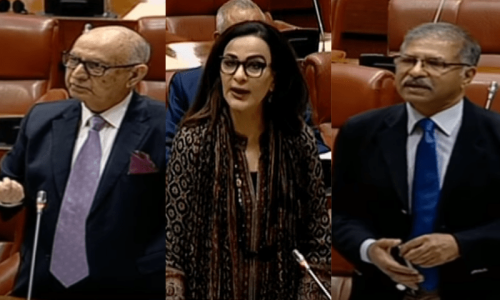Dharavi in Mumbai, India, one of the largest informal settlements in the world, has recently been transformed into a contemporary art festival, reported The Wall Street Journal (WSJ).
The Dharavi biennale, which was a two-year process leading to the exhibition this year, is now in its second edition and showcases installation and performance art in the Dharavi slum where nearly a million people reside and work over an area of 217 hectares (535 acres). Over two years, residents of Dharavi have participated in workshops at the Dharavi workspace and gallery, the Colour Box, with mentoring from professional artists and experts to prepare for the show titled, 'Alley Galli Biennale'.
 |
| Still Life, by Vandana Kori, at Jeevon Hall. – Photo credit: Dharavi Biennale Facebook page |
Organised by SNEHA (Society for Nutrition, Education and Health Action), an NGO working to improve the health of women and children in Mumbai’s informal settlements, the Biennale has four themes – art, health, recycling and vitality – and invites Dharavi residents to meet, educate themselves on urban health, learn new skills, and produce locally resonant artworks that are authentic, honest and relevant.
“These issues are not easy to translate into an art work,” Nayreen Daruwala, a founding member of SNEHA and co-director of the show, told WSJ, adding that the point is to showcase art that resonates in the community. "We could not have done this in another place."
Dr David Osrin, who is also a professor of Global Health at University College London and is co-directing the show with Daruwala, added that the biennale “wouldn’t make sense if it wasn’t rooted in community interventions. What’s the point of working on art about violence against women if you can’t provide support” for those who face it.
He also said that the participants were asked to use recycled material sourced from Dharavi to the fullest extent possible, hence you'll find pieces created from recycled tins, glass tubes and coils.
The exhibition is taking place at various locations in Dharavi, until March 7.















































